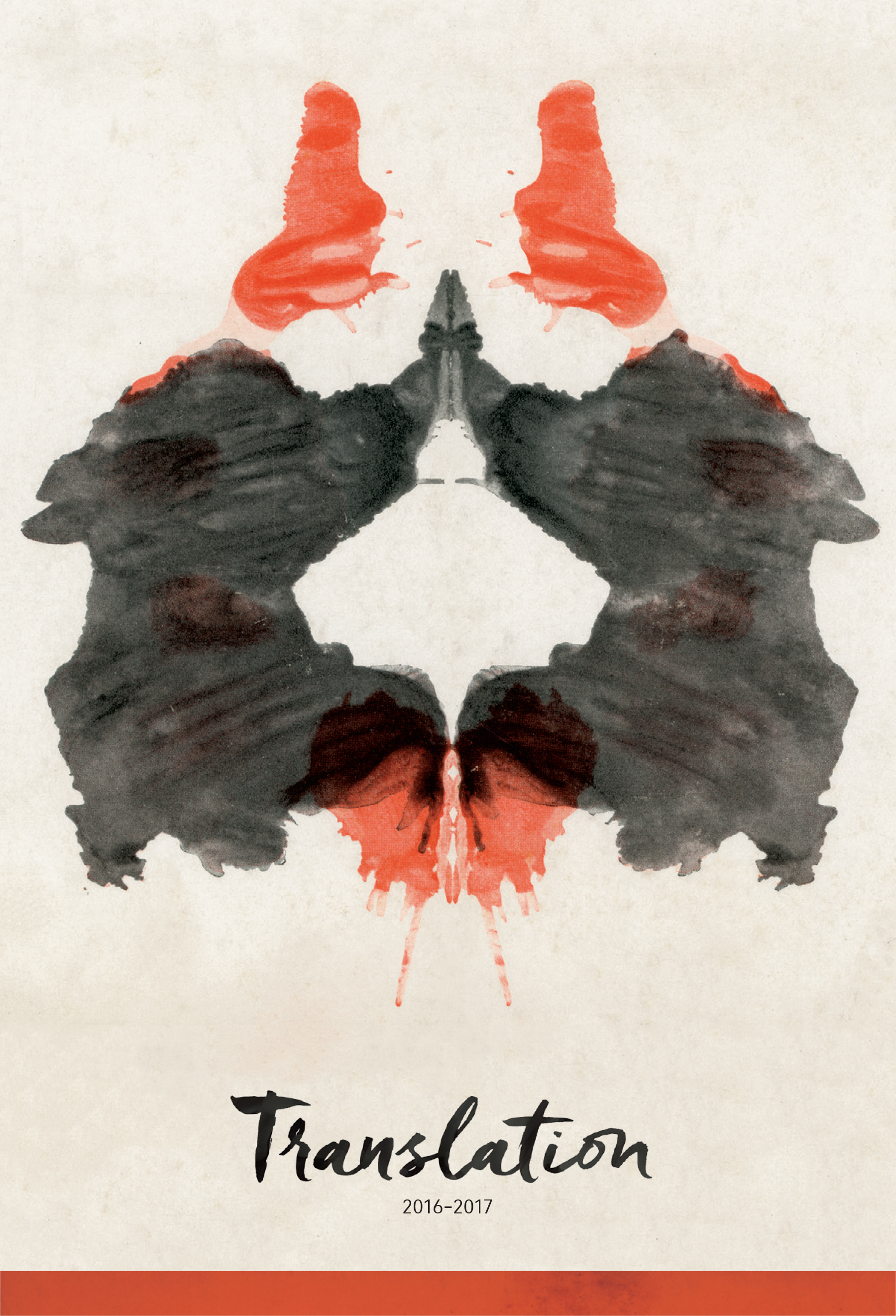Topic Director: Bethany Wiggin
Associate Professor of German
Director, Penn Program in Environmental Humanities
Translation. Rendition. Revision. Rip Off. Where does one end and the next begin—and who draws the lines? Was rock and roll a brilliant translation of rhythm and blues or an act of cultural and racial theft? Is translation inevitably an impertinence, a breach of faith with the original? Is it perfidious to relocate Dante’s Virgil to Belfast, Romeo and Juliet to Verona Beach? Or is the translation an original in its own right? For that matter, what text or artifact is not, one way or another, a translation? Isn’t all culture, even language itself, predicated on translation?
Across languages, media, disciplines, places, and times, translation moves. It can bridge previously unpassable stretches, providing first steps toward discovering or recovering a language and its culture. Indeed, with the new tools of the computer age we can translate faster and bridge farther than ever before. Key to the establishment of a Lenape curriculum, for example, has been the creation of translation dictionaries facilitated by powerful technologies of machine translation.
Perhaps, then, translation provides the getaway car, allowing us to swerve past obsolete linguistic, cultural, artistic, and disciplinary divides. Maybe, as Bruno Latour suggests, the work of translation can help us to avoid the modern error of dividing the world into human culture vs nonhuman nature. Seen in this way, translation provides a basis for some of the most exciting experiments in contemporary research: the environmental humanities, the medical humanities, the digital humanities. It directs our particular attention to the concept of anthropocene, the post-holocene geologic epoch proposed by Nobel laureate Paul Crutzen to capture the profound mutual entanglement of human and nonhuman on a planet under ever-increasing stress.
As it moves, translation crosses lines of difference, sometimes blurring distinctions of race and ethnicity, class and religion, gender and sexuality. Translation can be a mode of passing. But translation can move otherwise, too; practices of queer translation may seek to accentuate and explore difference rather than efface it. Translation may be deployed as a feminist strategy, a subaltern strategy, a critical legal strategy.
Translation may simply fail inspection as a vehicle for safe passage. Beginning at the source, it steers toward the target, yet along the way its itinerary can change both origin and endpoint. A translation can corrupt, contaminate, or monstrously hybridize, as in translations of sacred or spiritual texts. Some faiths proscribe the translation of holy texts entirely. Martin Luther’s translation of the bible was so monstrous to his Catholic critics that it was for them the book of a seven-headed devil—that devil being, of course, Luther, the translator, himself.
There have been seminal historical moments, including that of the European Renaissance, when the work of translators provided vital springs of cultural renewal. For some cultural historians, this affinity between translation and renaissance is fundamental; it is through translation that newness enters the world. From their perspective, the situation in contemporary America, where barely three percent of books published each year have been translated from outside English, may well be indicative of cultural retreat and decline. But other scholars have wondered whether translation itself is not part of the current cultural predicament. Where we do find many translated books, they can seem to diminish cultural variety, spreading a literary monoculture exemplified by the kind of “global” or “world” novel that is now featured in the bookshops of international airports.
These disputes over the meaning and value of translation are baked into the word itself, which arrives in English via a Latin rendering of the Greek word metaphorein. What we call translation is already a translation of metaphor, that most notoriously untranslatable of rhetorical figures, so often enlisted as evidence of what, in translation, must be lost. Etymologically, translation is a term at war with itself, always threatening to dissolve into paradox.
But this is just what makes it so a rich topic for our explorations. If translation is a metaphor, we take it as an apt figure for the work of the humanities today, for the scene of uncertain but productive struggle among our many fields and disciplines and modes of apprehension. We invite you to participate in a series of conversations across languages, cultures, historical periods, and systems of knowledge as we devote the year 2016-17 to the challenge of Translation.
April, 2015
Bethany Wiggin, Topic Director
James English, Director, Penn Humanities Forum



